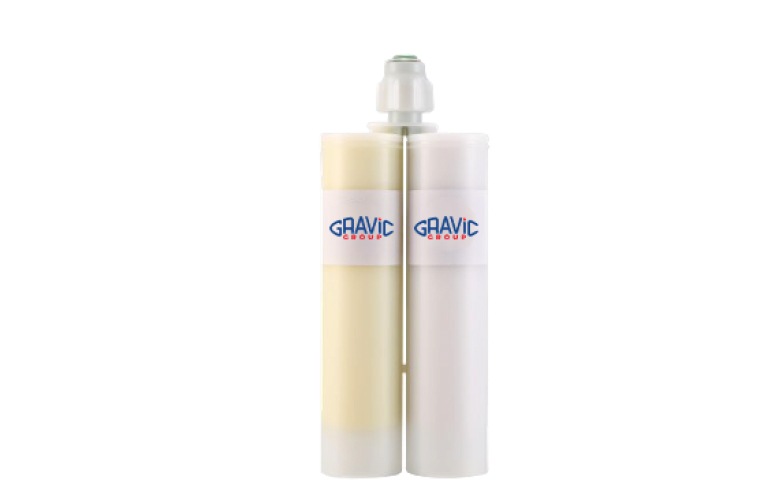Thermal Gap filler
Home » Thermal Gap filler
Thermal gap filler, also known as thermal gap pad or thermal interface material (TIM), is a type of material used to fill gaps or voids between two surfaces to improve the thermal transfer between them. The primary purpose of a thermal gap filler is to enhance the heat dissipation and improve the overall thermal performance of electronic devices and components.

In electronic systems, such as computers, smartphones, power electronics, LED lights, and other electronic devices, heat is generated during the operation of various components like CPUs, GPUs, power transistors, etc. If this heat is not efficiently dissipated, it can lead to temperature rise and decrease the overall performance and reliability of the device.
Thermal gap fillers are typically made of materials with high thermal conductivity, such as silicone, graphite, ceramic, or certain phase-change materials. These materials have the ability to conduct heat more effectively than air or other low-conductive substances, allowing them to fill the gaps between components and heat sinks or other cooling devices.
The main benefits of using thermal gap fillers are:
Improved thermal conductivity: Thermal gap fillers ensure better thermal conduction between components and heat sinks, thus reducing the temperature and preventing overheating.
Reduced thermal resistance: By filling gaps and voids, thermal gap fillers minimize the thermal resistance, which is crucial for efficient heat dissipation.
Enhanced device reliability: Lowering the operating temperature of electronic components can increase their lifespan and overall reliability.
Mechanical cushioning: Thermal gap fillers can also serve as mechanical cushioning or shock absorbers, protecting delicate electronic components from physical damage.
Easy application: Thermal gap fillers are usually available in various forms, such as pads, films, or dispensable compounds, making them easy to apply during the manufacturing process.
Overall, thermal gap fillers play a crucial role in managing heat dissipation in electronic devices, ensuring optimal performance and longevity while preventing thermal-related issues.
Thermal conductivity: 1.2 ~ 6.5 W/(m· K)
Applications:
- New energy vehicle,
- Telecommunication,
- Computers, etc.

123, Zone Industrielle de l’Argile II, 06370
Mouans Sartoux, FRANCE
Tel. +33 (0)4 93 75 75 34



深圳市格瑞维克电子科技有限公司
深圳市南山区南山街道向南社区海德二道470号海德大厦A1002A
Shenzhen, CHINA